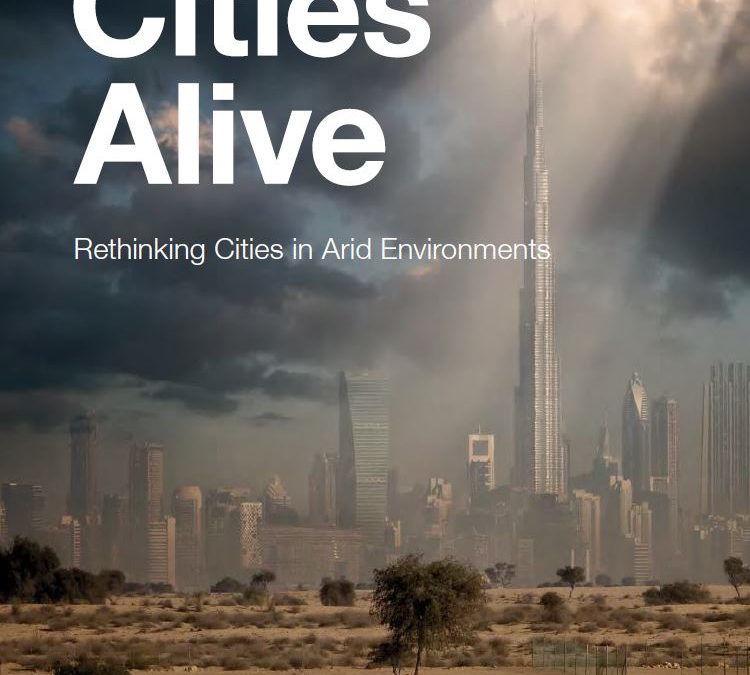Hot and Bothered: What’s the Future of Arid Cities?

"Rethinking Cities in Arid Environments"--the latest in Arup's "Cities Alive" series--offers fascinating insights into the urban climate adaptation challenge that gets little attention (so far) compared to sea level rise. cloudbursts, and river flooding. Arid environments--zones with scarce fresh water and precipitation--will become more challenging for human life and activity due to the increased temperatures and changing precipitation patterns of climate change. These regions and the cities they contain are all around the globe: the US southwest (Austin, Las Vegas, and Phoenix), Mexico, parts of Canada, Brazil, Peru (Lima), northern Chile, Spain, the Arabian Gulf, northern and southeastern Africa, most of Australia, and northwestern China.
As Arup seeks to carve out a new market to serve--arid urban climate adaptation--it has identified dozens of strategies for cities to pursue at the scales of buildings, public spaces, and citywide. Arup's most important framing message: Arid cities must set aside old ideas about urban design, planning, and development and invent,
"Cities in these regions face complex challenges such as water scarcity, inadequate infrastructure, rapidly growing populations, and impacts on public health from the effects of urban heat islands. Yet most cities in arid environments are still planned and designed based on a global city making paradigm established during the middle parts of the 20th century. This one-size-fits-all approach, characterised by private car ownership and separate land uses connected by highway networks, fails to respond to specific climatic contexts and needs.
"Planners, engineers and decision makers working in arid environments require climate appropriate design solutions to create sustainable and liveable cities. Future responses must be tailored to specific social, economic, environmental and political conditions, combining the best of new technology with locally adapted solutions."
This is precisely the theme of our forthcoming book, Life After Carbon: cities must--and are--replacing the modern-city paradigm with a new set of ideas accounting for climate change, energy system transformation, urban greening, and other sustainability models--and these ideas are transformational.


